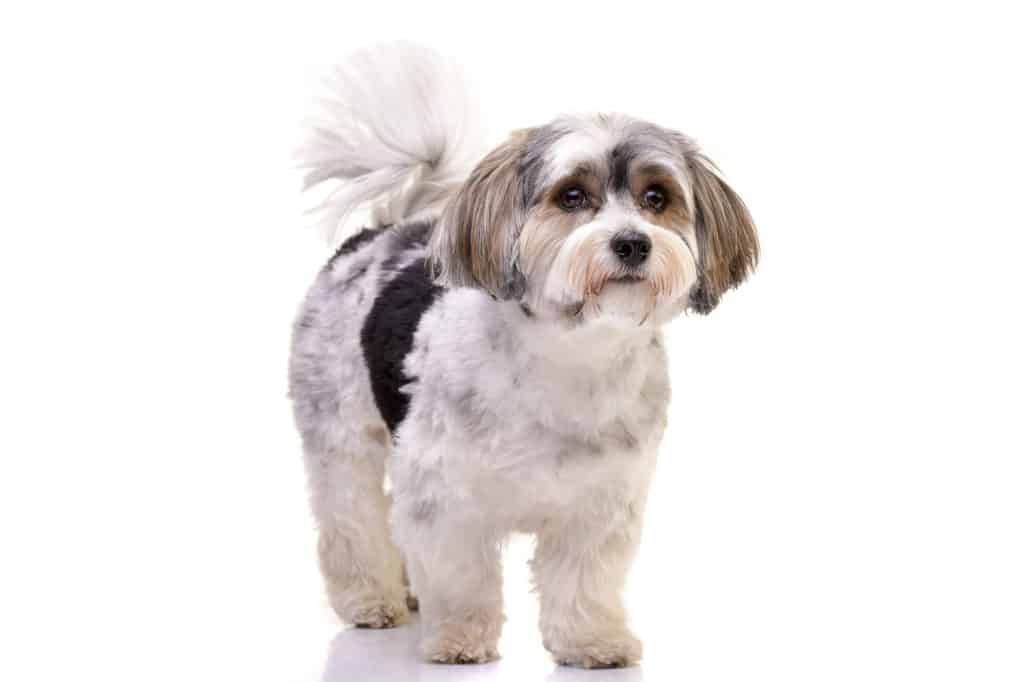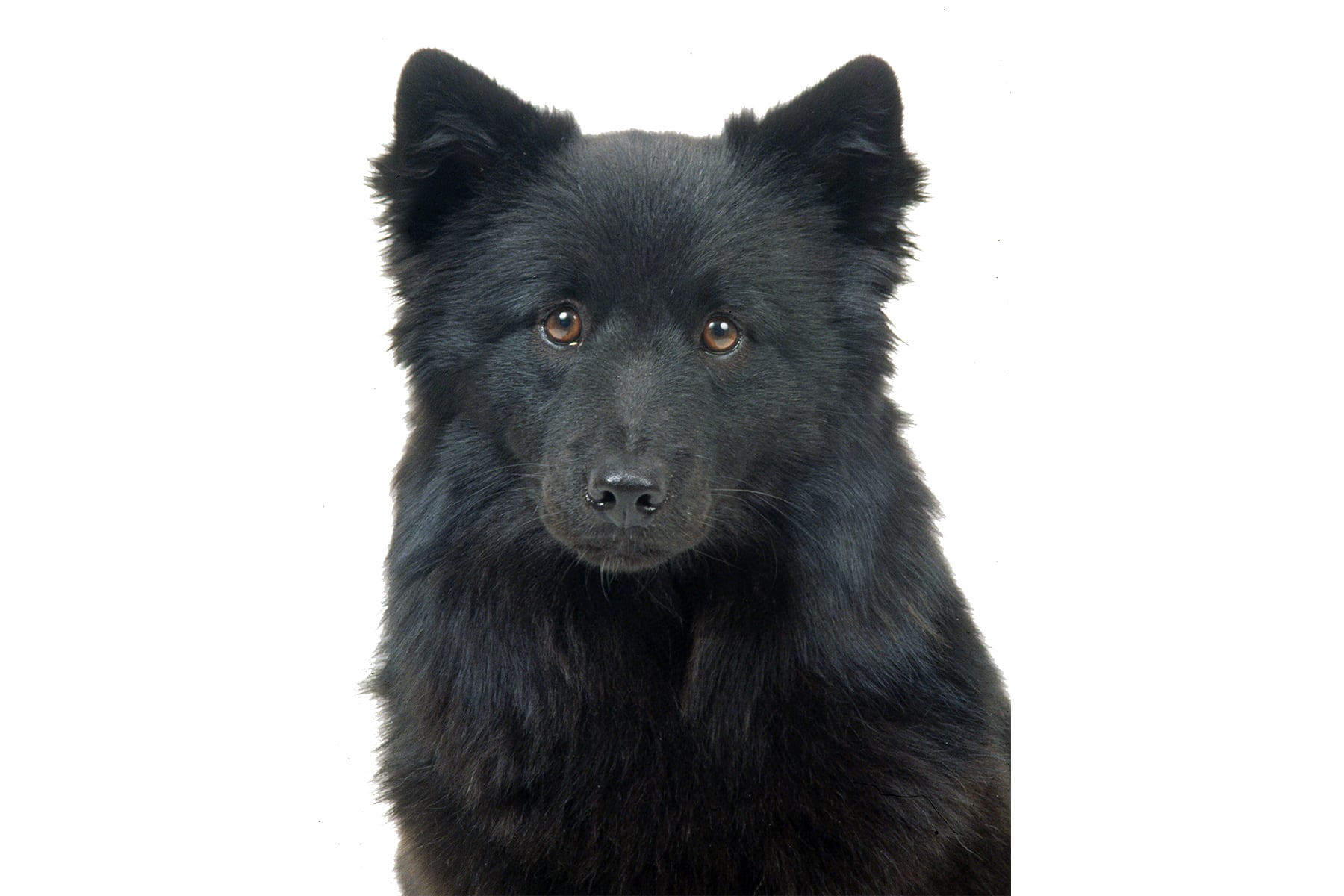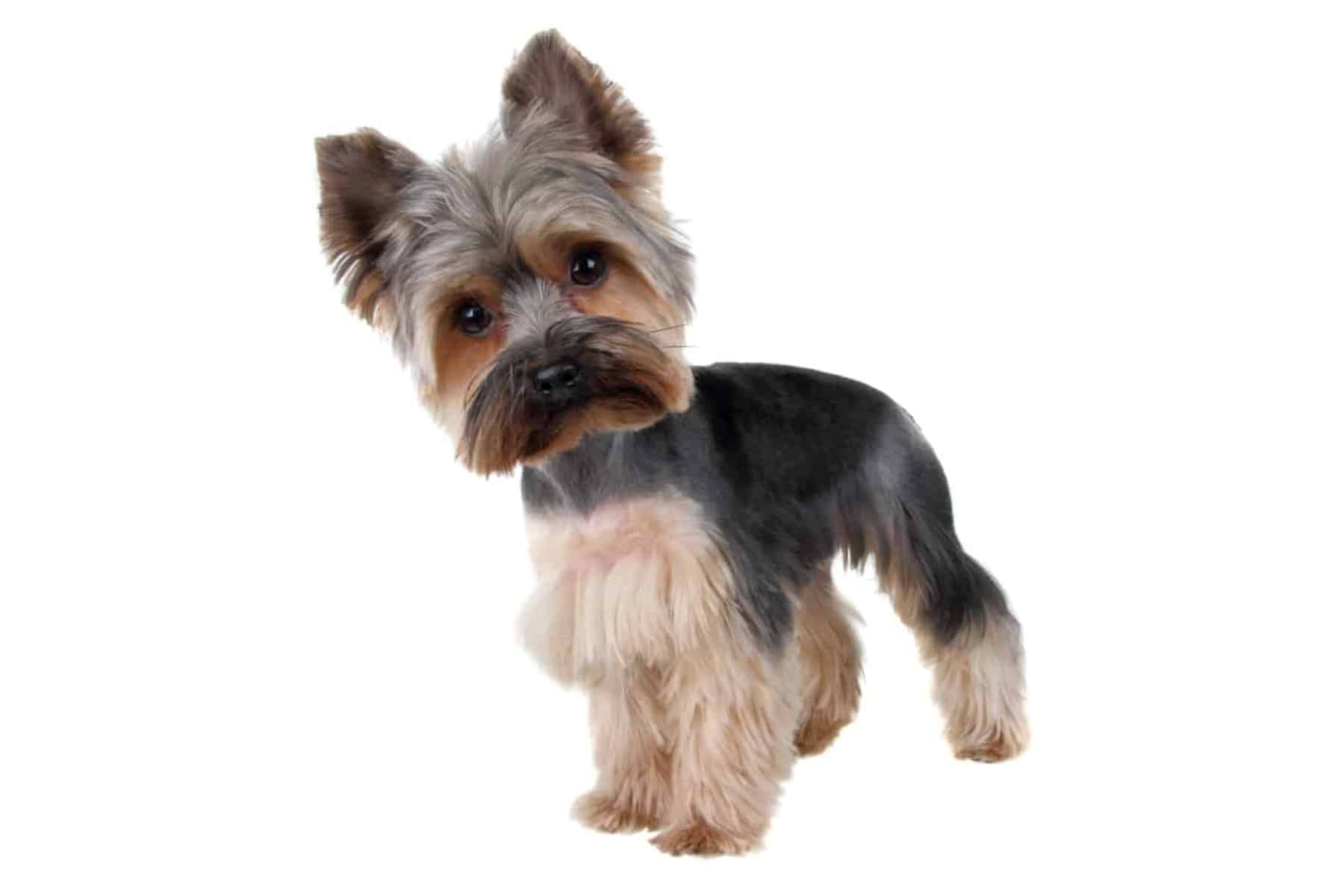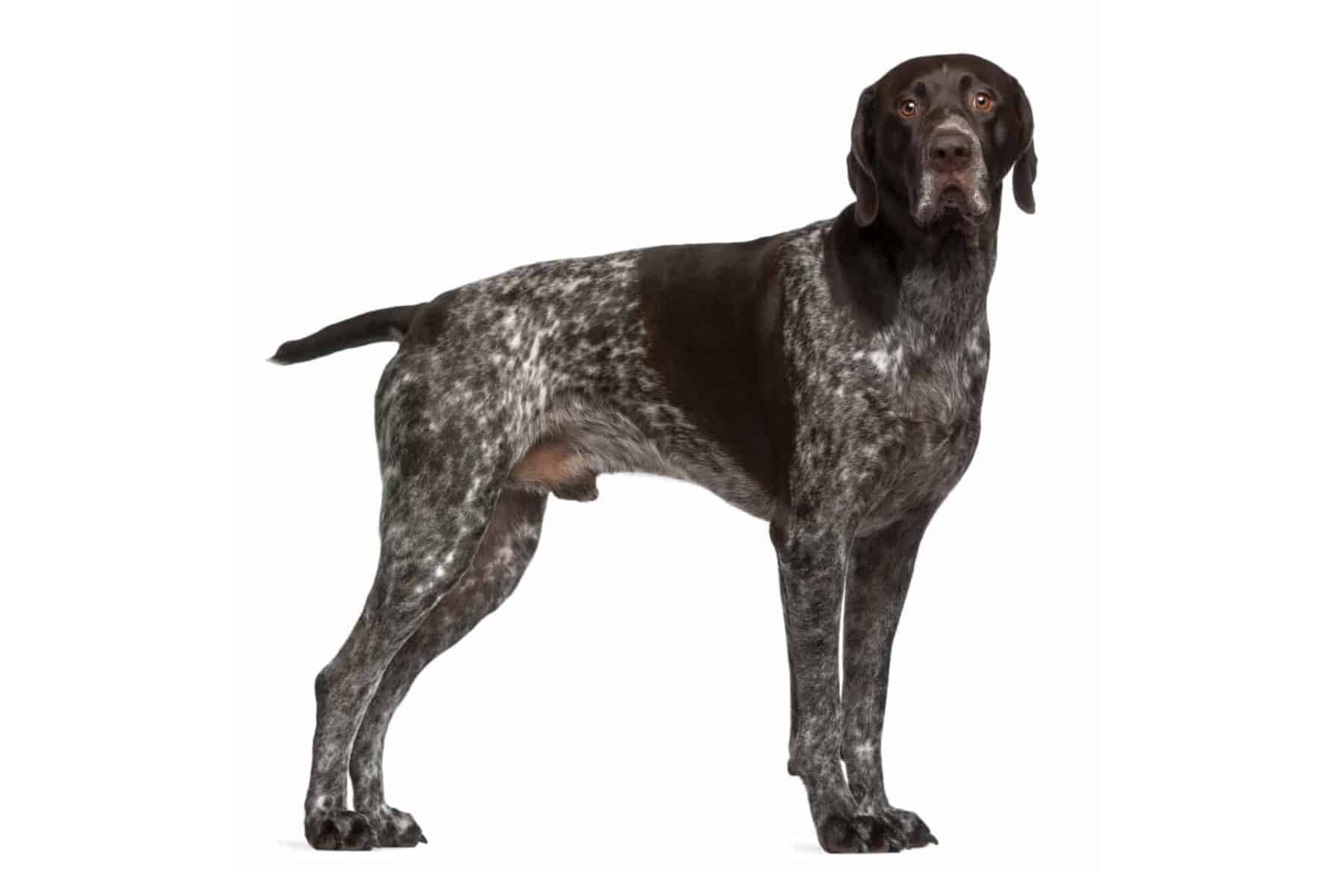Mastiff
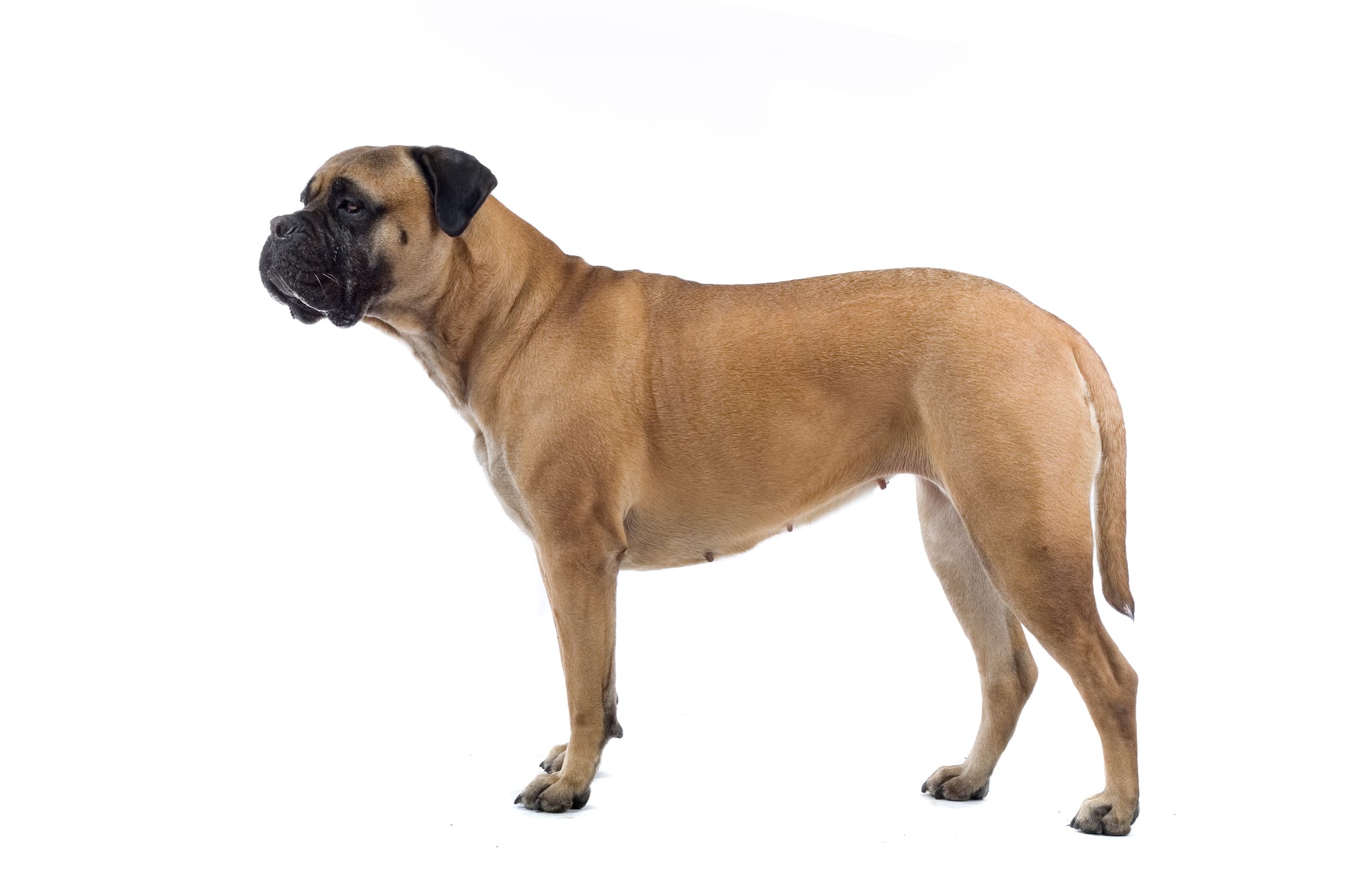
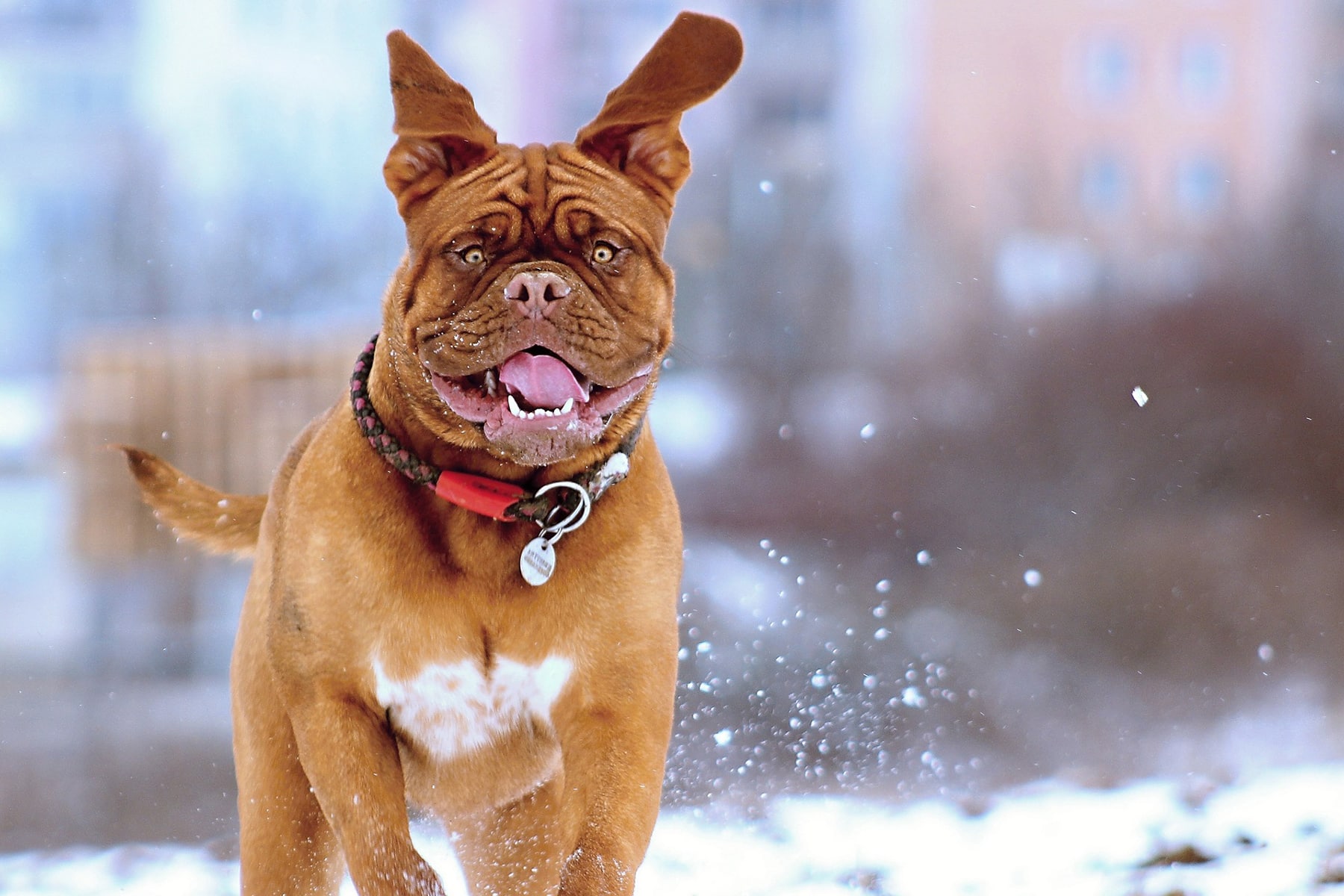
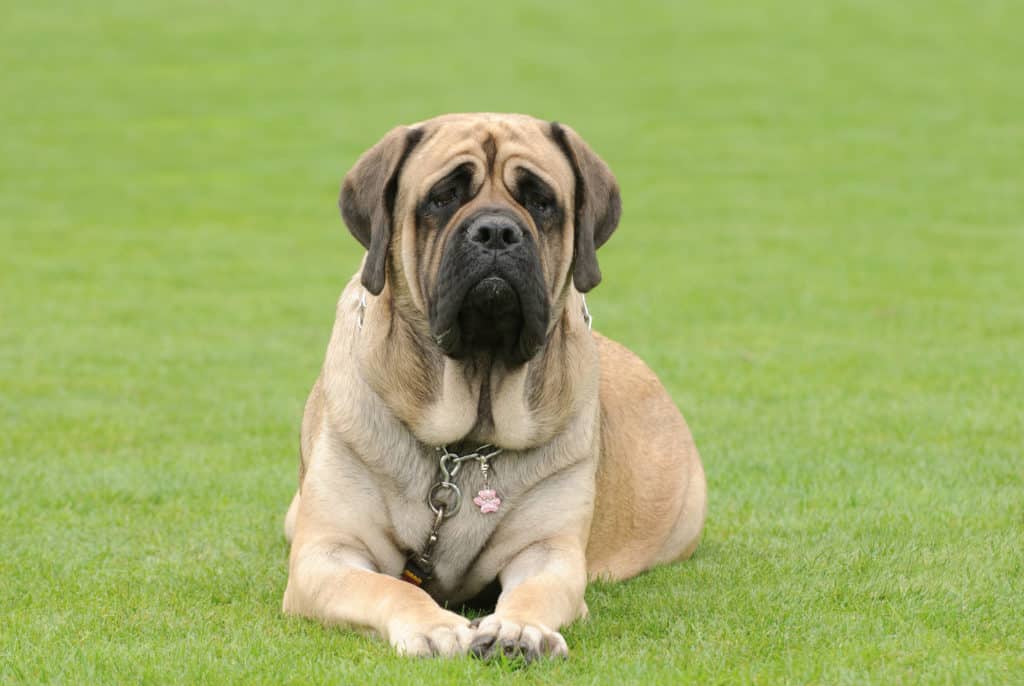
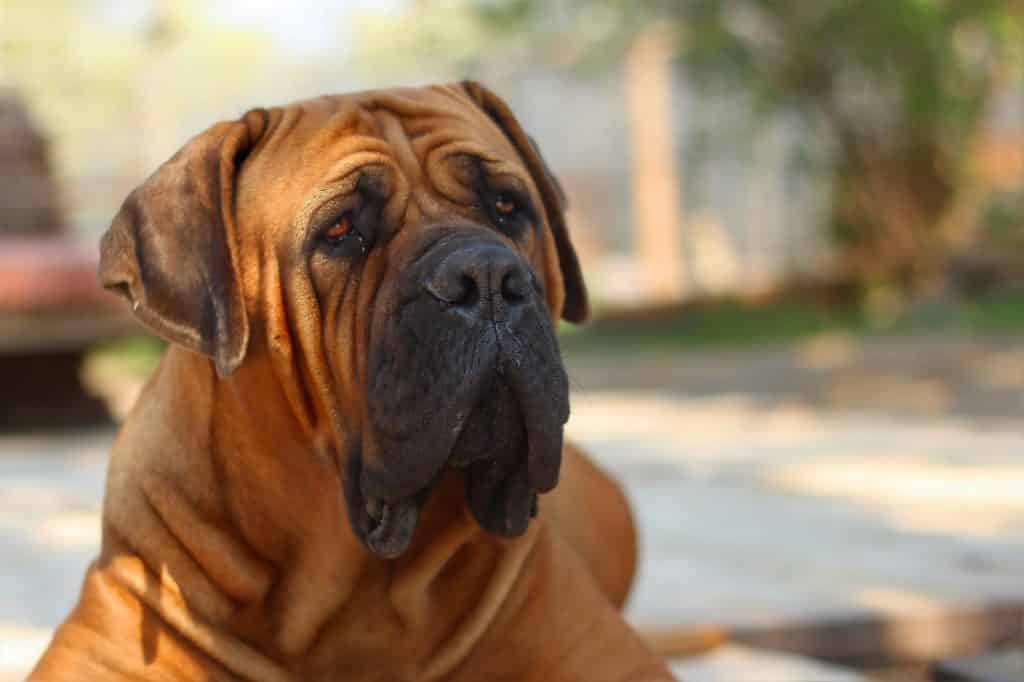
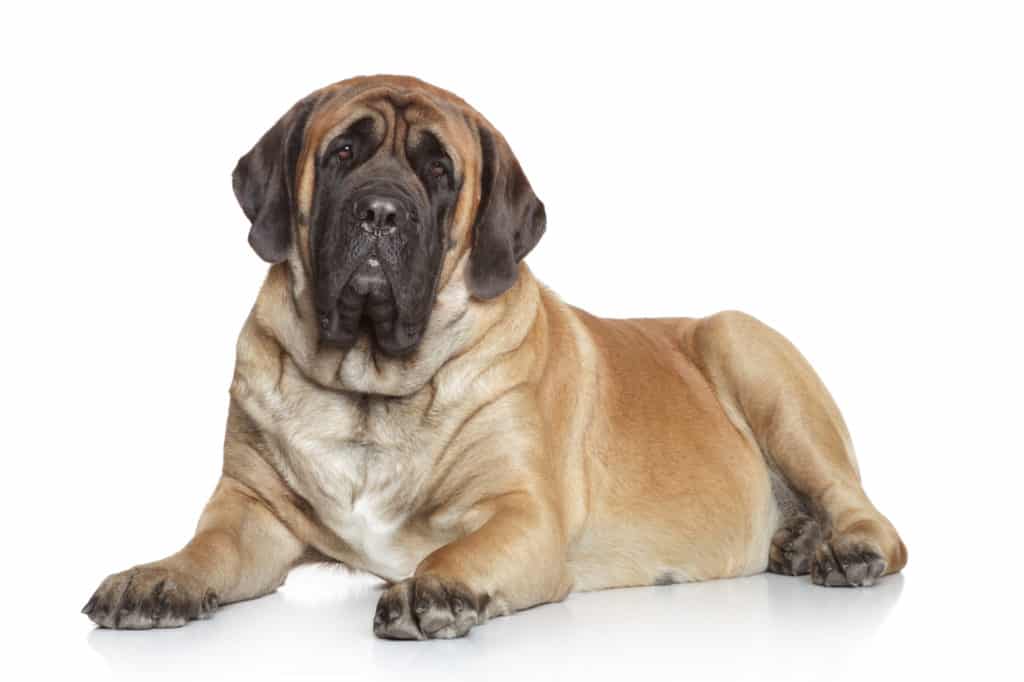
Temperament:
"Mastiff" is the name for a massive dog originating from Great Britain with a broad muzzle and wrinkled forehead. It is also known as the "(Old) English Mastiff" and is one of the largest dogs in the world. Its size and powerful build alone are impressive. But behind the fearsome black mask lies a very peaceful contemporary. An attentive observer, the Mastiff was originally kept as a guard dog. Today, it is a popular family dog due to its calm and friendly nature. These gentle giants always behave correctly towards children and older people.
Characteristics
Small and large Molossers are widespread throughout Europe. In its country of origin, England, the Mastiff was bred as an independent type. It differs significantly from other breeds in size and temperament. Today's Mastiff is considerably heavier and larger than its ancestors. This is why it is often referred to as the "English Mastiff".
At times, severe overbreeding severely restricted its agility. Thanks to the official breed standard, however, the dogs are protected from further overbreeding. However, this has not affected their calm and balanced nature. Even today, the Mastiff is still one of the most peaceful dogs in its size class.
Unfortunately, it is still classified as a dangerous dog breed in some federal states. They can therefore only be kept under special conditions. This assessment is actually not technically justified and puts these gentle giants in the wrong light.
If the Mastiff is confronted with a new situation, it surprises with its restraint and deliberate reactions. This is often interpreted by outsiders as fearfulness on the part of the dog. However, this is just as foreign to the Mastiff as aggression. The high threshold of irritation lies in the nature of this gentle breed. Lovers naturally appreciate this special charm. The Mastiff's forehead is characteristic. The Mastiff wrinkles its forehead when it receives special attention.
The Mastiff can form a very strong bond with its owner. This makes it a loyal pet and companion dog. As it always seeks to be close to its family members, keeping it in a kennel is not recommended. The Mastiff meets threats with absolute composure and without aggressive behavior. He would confront an attacker in the event of a possible threat, but would only attack in an extreme emergency.
The Mastiff is particularly suitable for households with children. Even in the most hectic or stressful situations, it impresses with its balanced nature. They also generally get along well with other dogs of the same species. Due to its size, the Mastiff naturally needs a lot of space. A house with a large garden to play and run around in would be ideal.
The Mastiff is also not averse to long walks or sporting activities. He shows particular interest in agility, for example. It also performs all tasks reliably and with concentration when trick dogging. The Mastiff can also be kept as a guard dog. Here, he is particularly impressive due to his unique powers of observation. In addition, he always assesses tricky situations correctly.
Coat care:
Shedding:
Energy level:
Trainability:
Children suitable:
The right food
When choosing food, make sure that it contains high-quality ingredients, is balanced and meets your dog's requirements. Age, size or weight, activity and health status play an important role. You should follow the manufacturer's recommendations for the amount of food.
Treats should only be fed in moderation and deducted from the basic diet to avoid obesity.
Puppies can be fed 4-6 times a day. The number of meals should be gradually reduced to 2 per day until the dog is fully grown.
Due to the increased risk of gastric torsion, a raised food bowl is helpful. You should also let your dog rest for at least two to three hours after feeding. This can significantly reduce the risk of gastric torsion.
Fresh drinking water should be available at all times.
Health & Care
Grooming the Mastiff is relatively unproblematic due to its short coat. Weekly brushing should be sufficient for grooming. Regular bathing should be avoided in order not to disturb the natural protective function of the skin. In some cases, the overlapping of the upper and lower lips can lead to "lip dermatitis". In this case, regular care of the lips is necessary.
The pronounced curvature of the body and head can also lead to chronic inflammation, which requires special care. Regular cleaning of the ears and eyes is of course also part of caring for your Mastiff. To prevent tartar, you should give your dog chews every day. Teeth cleaning can also be supported by brushing.
Suitable accessories
The Mastiff is one of the largest dog breeds of our time. The selection of toys and chews should therefore be adapted to the size of the dog. Small toys can easily be swallowed and pose a particular risk. In addition, the Mastiff has a very strong bite and can easily fall victim to unstable objects. This should also be taken into account when buying chews and similar items.
The Mastiff is very robust and has a dense undercoat that keeps him warm in cold and wet weather. It is therefore not necessary to coat your dog. However, you can protect your dog's paws from salt by greasing them daily.
Otherwise, your Mastiff will need a collar or harness with a sturdy lead, a dog basket or dog mat as a place to retreat to, water and food bowls, tick tweezers, claw clippers, mild dog shampoo, brush and comb, toothbrush and toothpaste for dogs, a transport box for transportation in the car and a first aid kit. It is best to ask your vet what belongs in the first aid kit.
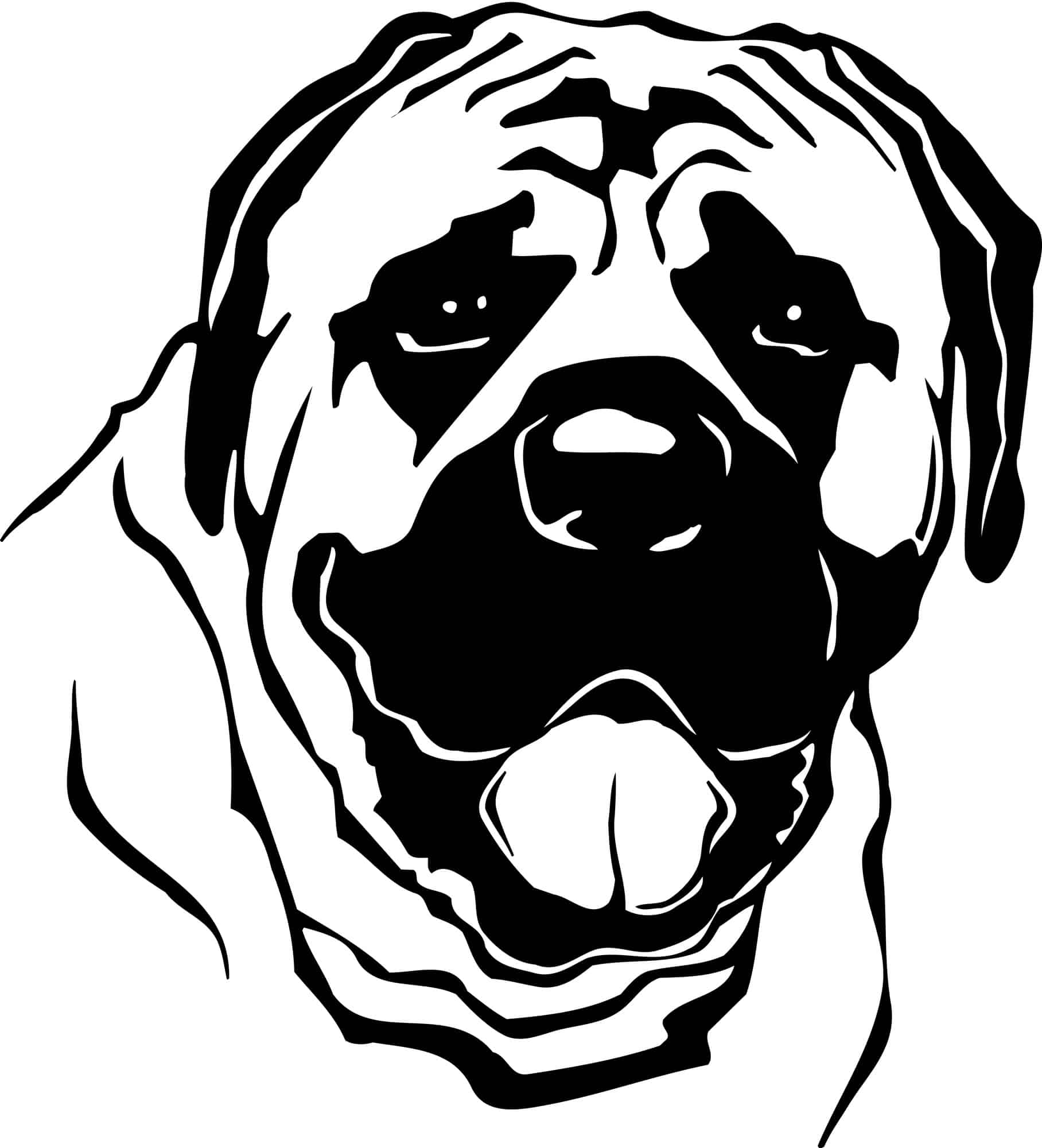
Origin & History
The original Mastiff is considered the progenitor of many different dog breeds. These include the bulldog, the Great Dane and the boxer. However, the exact origin of the Mastiff has not been proven. According to some sources, the Tibetan Mastiff is said to be the progenitor. According to the latest findings, however, this is rather unlikely. It is more likely that the Macedonian Molosser is the progenitor. He found his way to England on earlier trading ships.
Older sources prove that mastiff-like dogs already existed at the time of the Roman invasion of Britain. This dog breed impressed the Romans so much that they took some animals back to their homeland. Unfortunately, the gentle giants were misused for fighting in the arenas there.
In the late Middle Ages, the Mastiff was mainly used for hunting bears. However, it was also used as a guard and war dog. The first official breed standard was established in 1879. Four years later, the "Old English Mastiff Club" was founded.
The breed was threatened with extinction due to its use in the two world wars. Fortunately, the breed was saved by rescuing the surviving animals.
